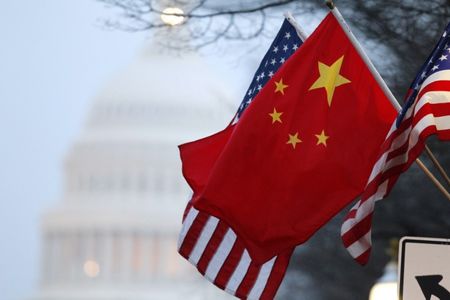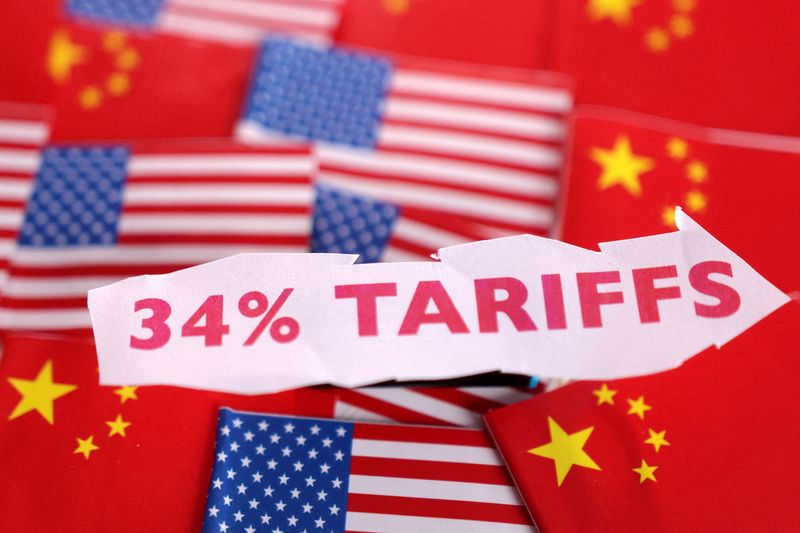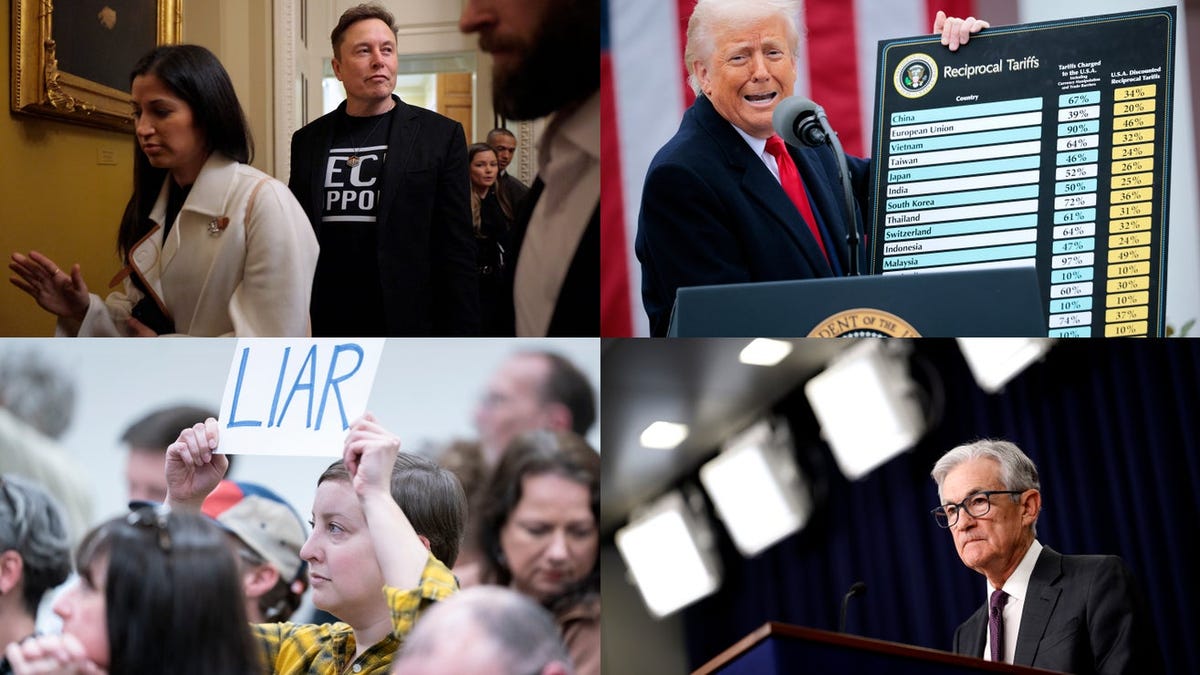Fiat Currency is Unconstitutional Under the U.S. Constitution
Fiat currency is unconstitutional under the U.S. Constitution rests on a strict interpretation of the text, the framers’ original intent, and historical legal precedent. Below are the key points supporting this position: 1. The Constitution Explicitly Requires Gold and Silver for Legal Tender Article I, Section 10 of the U.S. Constitution states: "No State shall... make any Thing but gold and silver Coin a Tender in Payment of Debts." This clause explicitly limits what states can recognize as legal tender—gold and silver. While it applies specifically to states, the implication is that the framers considered only specie (gold and silver) as legitimate money. If fiat currency were intended as constitutional, this restriction would be unnecessary. 2. The Constitution Grants Congress Power to “Coin” Money, Not “Print” It Article I, Section 8 gives Congress the power: “To coin Money, regulate the Value thereof, and of foreign Coin.” The choice of the word “coin” is significant. At the time of drafting, coining referred specifically to the minting of metal currency, not the printing of paper notes. The absence of language permitting Congress to print money suggests that fiat currency issuance is beyond its enumerated powers. 3. The Framers’ Intent: Opposition to Paper Money The Founding Fathers were highly skeptical of paper money due to their experience with hyperinflation under the Continental Congress’ issuance of Continental Dollars during the Revolutionary War. James Madison, known as the “Father of the Constitution,” wrote in The Federalist No. 44: “The loss which America has sustained since the peace, from the pestilent effects of paper money on the necessary confidence between man and man… has been as grievous as the war itself.” Additionally, Thomas Jefferson wrote: “Paper is poverty… it is only the ghost of money, and not money itself.” Given this historical context, it is unlikely that the framers would have accepted the idea of an entirely fiat currency detached from gold or silver. 4. The Unconstitutionality of the Federal Reserve System The Federal Reserve, established in 1913, operates as the central bank that issues U.S. dollars. However, nowhere in the Constitution is Congress granted the authority to delegate its monetary power to a private banking system. The issuance of Federal Reserve Notes—unbacked by gold or silver—effectively nullifies constitutional money. 5. Legal Precedent: The Flawed Rulings of the Legal Tender Cases The Supreme Court initially ruled in Hepburn v. Griswold (1870) that the issuance of paper money as legal tender violated the Constitution. However, this ruling was overturned in the Legal Tender Cases (Knox v. Lee, Parker v. Davis in 1871), when new justices were appointed by President Ulysses S. Grant, shifting the balance. This reversal is often seen as politically motivated rather than grounded in strict constitutional interpretation. submitted by /u/apolarbearfellonme [link] [comments]
Fiat currency is unconstitutional under the U.S. Constitution rests on a strict interpretation of the text, the framers’ original intent, and historical legal precedent. Below are the key points supporting this position:
1. The Constitution Explicitly Requires Gold and Silver for Legal Tender
Article I, Section 10 of the U.S. Constitution states:
"No State shall... make any Thing but gold and silver Coin a Tender in Payment of Debts."
This clause explicitly limits what states can recognize as legal tender—gold and silver. While it applies specifically to states, the implication is that the framers considered only specie (gold and silver) as legitimate money. If fiat currency were intended as constitutional, this restriction would be unnecessary.
2. The Constitution Grants Congress Power to “Coin” Money, Not “Print” It
Article I, Section 8 gives Congress the power:
“To coin Money, regulate the Value thereof, and of foreign Coin.”
The choice of the word “coin” is significant. At the time of drafting, coining referred specifically to the minting of metal currency, not the printing of paper notes. The absence of language permitting Congress to print money suggests that fiat currency issuance is beyond its enumerated powers.
3. The Framers’ Intent: Opposition to Paper Money
The Founding Fathers were highly skeptical of paper money due to their experience with hyperinflation under the Continental Congress’ issuance of Continental Dollars during the Revolutionary War. James Madison, known as the “Father of the Constitution,” wrote in The Federalist No. 44:
“The loss which America has sustained since the peace, from the pestilent effects of paper money on the necessary confidence between man and man… has been as grievous as the war itself.”
Additionally, Thomas Jefferson wrote:
“Paper is poverty… it is only the ghost of money, and not money itself.”
Given this historical context, it is unlikely that the framers would have accepted the idea of an entirely fiat currency detached from gold or silver.
4. The Unconstitutionality of the Federal Reserve System
The Federal Reserve, established in 1913, operates as the central bank that issues U.S. dollars. However, nowhere in the Constitution is Congress granted the authority to delegate its monetary power to a private banking system. The issuance of Federal Reserve Notes—unbacked by gold or silver—effectively nullifies constitutional money.
5. Legal Precedent: The Flawed Rulings of the Legal Tender Cases
The Supreme Court initially ruled in Hepburn v. Griswold (1870) that the issuance of paper money as legal tender violated the Constitution. However, this ruling was overturned in the Legal Tender Cases (Knox v. Lee, Parker v. Davis in 1871), when new justices were appointed by President Ulysses S. Grant, shifting the balance. This reversal is often seen as politically motivated rather than grounded in strict constitutional interpretation.
[link] [comments]



![How to Find Low-Competition Keywords with Semrush [Super Easy]](https://static.semrush.com/blog/uploads/media/73/62/7362f16fb9e460b6d58ccc09b4a048b6/how-to-find-low-competition-keywords-sm.png)




























































































































































































